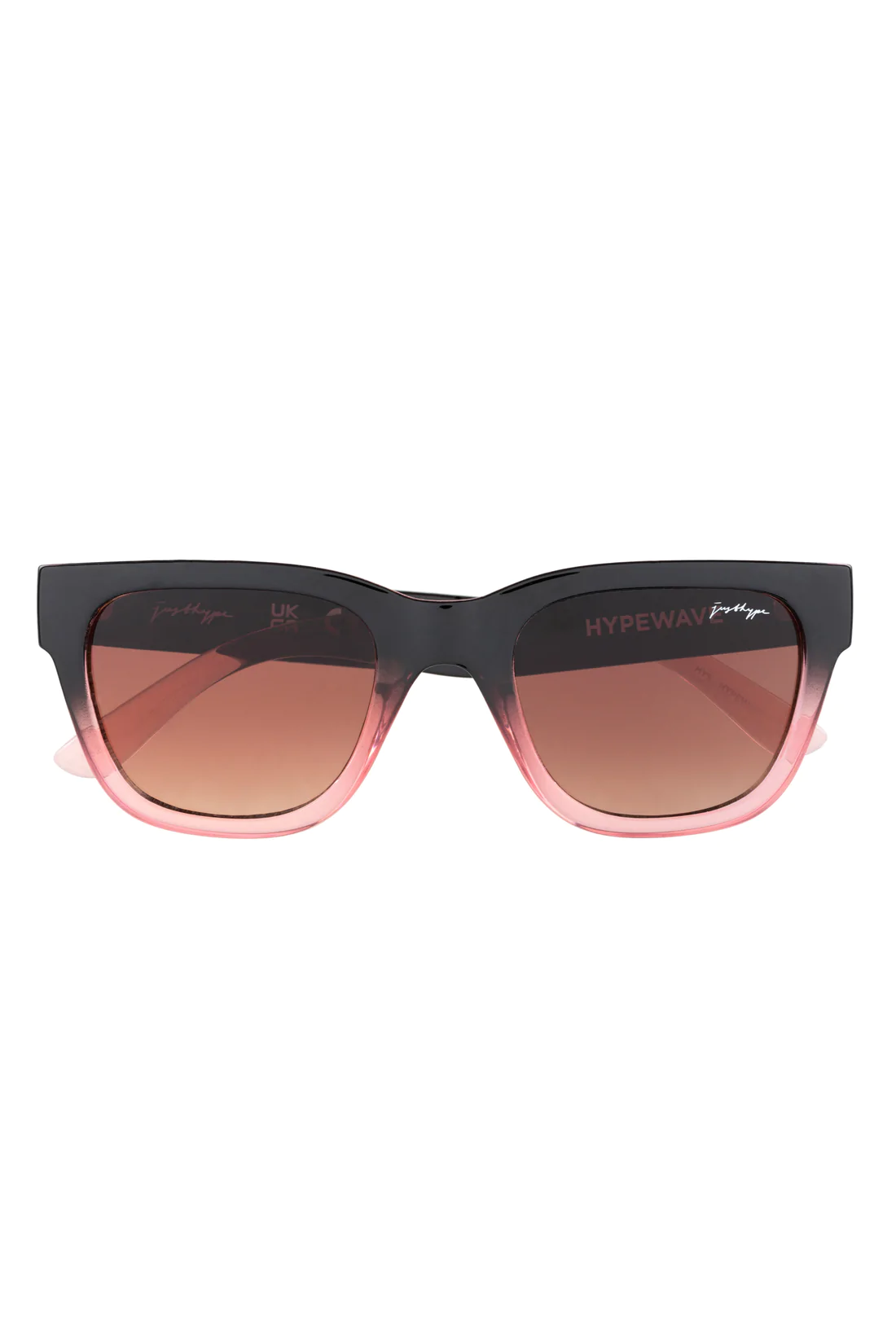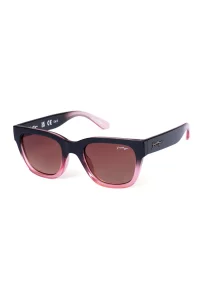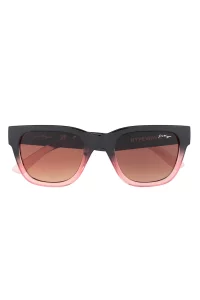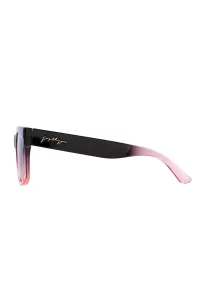Share This Article
Wave sunglasses shield your eyes from the sun’s potentially damaging rays and offer some degree of respite to people who are especially sensitive to the unfavourable effects that bright light can have on them. During the production of the polarised lens, a hidden grid is incorporated into the structure of the lens itself. This grid is then utilised in the process of actually fabricating the lens itself.
The light that is reflected at acute angles, such as when it is reflected off the hood of an oncoming car or the surface of the water when one is at the beach, will be blocked by this grid, which will accomplish its goal of removing that light. Examples of this include when it is reflected off the hood of an oncoming car or the surface of the water when one is at the beach. This can happen, for instance, when it reflects off the hood of an approaching car or the surface of the sea when one is at the beach.
What type of wave is sunglasses?
The human body has the capability of reducing the intensity of millimetre waves, much like lead has the capability of reducing the intensity of x-rays and sunglasses have the capability of blocking some of the sun’s rays. In other words, millimetre waves can be blocked by the human body, just like x-rays can be blocked by lead. Millimeter waves, in other words, are susceptible to being obstructed by the human body, much way x-rays are susceptible to being obstructed by lead. In order for electromagnetic waves to be weakened, there are two processes that are absolutely necessary: the first is the absorption of photons, and the second is the subsequent scattering of these photons.
On the other hand, the attenuation of electromagnetic waves is almost often caused by a combination of several different processes. This list does not contain all of the possible causes of a reduction in the strength of electromagnetic waves; it is merely representative of some of the more common ones. When passing through certain types of material, some wavelengths of electromagnetic radiation absorb a greater proportion of the radiation than do other wavelengths. In comparison to other wavelengths, this is very different.
Total price: £39.99
How do sunglasses work waves?
The light’s vibrations need to be adjusted in such a manner that they can only point in one direction for the light to be able to pass through the polarizer. Only then will the light be able to travel through the polarizer. This process is referred to as “organising the vibrations of the light.” Absorption will take place in the event that the vibrations of light are aligned in any direction other than the one that was just indicated above. Even if the filter is held in such a way that it only allows light to pass through it when it is vibrating vertically, the reflection appears to be at its weakest when the black surface is horizontal.
This is the case even if the filter is held in such a way that it only lets light pass through it when it is vibrating vertically. Even if the filter is held in such a way that it only lets light flow through it when it is vibrating vertically, this is still the case. Even if the filter is held in such a way that it only lets light pass through it when it is vibrating vertically, this result will still take place. This is because this is the nature of the phenomenon being studied. Despite the fact that the reflection is at its weakest when the black surface is horizontal, this is nonetheless the case. Despite everything, this is how things stand.
Are polarized sunglasses better?
If you use conventional lenses that block one hundred percent of UV radiation, then your eyes will be protected from damage caused by the sun just as effectively as if you wore polarised lenses. This is because conventional lenses block UV radiation at the same wavelengths as polarised lenses. This is due to the fact that both varieties of lenses are capable of obstructing an equivalent quantity of light. On the other hand, they have the power to improve your eyesight, making it clearer and more accurate while simultaneously reducing some of the pressure that is placed on your eyes. This is a dual benefit. Anyone who needs to use glasses or contacts to fix their vision would benefit from this.
If you find that you always need to shade your eyes, even when you are wearing sunglasses, you may want to think about obtaining a pair of polarised sunglasses. This is because polarised lenses filter out certain types of light more effectively than regular lenses. This is especially important to keep in mind if you discover that you still need to shield the sun from your eyes despite the fact that you are wearing sunglasses. If you need to wear glasses for corrective purposes, it is especially vital to keep this in mind.
The human body has the capability of reducing the intensity of millimetre waves, much like lead has the capability of reducing the intensity of x-rays and sunglasses have the capability of blocking some of the sun’s rays. In other words, millimetre waves can be blocked by the human body, just like x-rays can be blocked by lead. Millimeter waves, in other words, are susceptible to being obstructed by the human body, much way x-rays are susceptible to being obstructed by lead. In order for electromagnetic waves to be weakened, there are two processes that are absolutely necessary: the first is the absorption of photons, and the second is the subsequent scattering of these photons. On the other hand, the attenuation of electromagnetic waves is almost often caused by a combination of several different processes.
This list does not contain all of the possible causes of a reduction in the strength of electromagnetic waves; it is merely representative of some of the more common ones. When passing through certain types of material, some wavelengths of electromagnetic radiation absorb a greater proportion of the radiation than do other wavelengths. In comparison to other wavelengths, this is very different. To find the most suitable wave sunglasses just visit the JustHype website.




